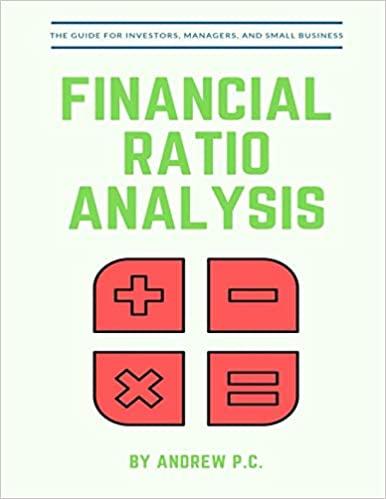1. Bond valuation Callaghan Motors' bonds have 10 years remaining to maturity. Interest is paid annually, the bonds have a $1,000 par value, and the coupon interest rate is 5 percent. The bonds have a yield to maturity of 10 percent. What is the current market price of these bonds? 2. Expected returns Suppose you won the lottery and had two options: (1) receiving $1 million or (2) a gamble in which you would receive $2 million if a head were flipped but zero is a tail came up. a. What is the expected value of the gamble? b. Would you take the sure $1 million or the gamble? c. If you chose the sure $1 million, would that indicate that you are a risk averter or a risk seeker? d. Suppose the payoff was actually $1 millionthat was the only choice. You now face the choice of investing it in either a U.S. Treasury bond that will return $1,050,000 at the end of a year or a common stock that has a 50-50 chance of being either worthless or worth $3,000,000 at the end of the year. (1) The expected profit on the T-bond investment is $50,000. What is the expected dollar profit on the stock investment? (2) The expected rate of return on the T-bond investment is 5%. What is the expected rate of return on the stock investment? (3) Would you invest in the bond or the stock? (4) Exactly how large would the expected profit (or the expected rate of return) have to be on the stock investment to make you invest in the stock, given the 5 percent return on the bond? (5) How might your decision be affected if, rather than buying one stock for $1 million, you could construct a portfolio consisting of 100 stocks with $10,000 invested in each? Each of these stocks has the same return characteristics as the one stock that is, a 50-50 chance of being worth either zero or $30,000 at year-end. Would the correlation between returns on these stocks matter? 1. Bond valuation Callaghan Motors' bonds have 10 years remaining to maturity. Interest is paid annually, the bonds have a $1,000 par value, and the coupon interest rate is 5 percent. The bonds have a yield to maturity of 10 percent. What is the current market price of these bonds? 2. Expected returns Suppose you won the lottery and had two options: (1) receiving $1 million or (2) a gamble in which you would receive $2 million if a head were flipped but zero is a tail came up. a. What is the expected value of the gamble? b. Would you take the sure $1 million or the gamble? c. If you chose the sure $1 million, would that indicate that you are a risk averter or a risk seeker? d. Suppose the payoff was actually $1 million that was the only choice. You now face the choice of investing it in either a U.S. Treasury bond that will return $1,050,000 at the end of a year or a common stock that has a 50-50 chance of being either worthless or worth $3,000,000 at the end of the year. (1) The expected profit on the T-bond investment is $50,000. What is the expected dollar profit on the stock investment? (2) The expected rate of return on the T-bond investment is 5%. What is the expected rate of return on the stock investment? (3) Would you invest in the bond or the stock? (4) Exactly how large would the expected profit (or the expected rate of return) have to be on the stock investment to make you invest in the stock, given the 5 percent return on the bond? (5) How might your decision be affected if, rather than buying one stock for $1 million, you could construct a portfolio consisting of 100 stocks with $10,000 invested in each? Each of these stocks has the same return characteristics as the one stock that is, a 50-50 chance of being worth either zero or $30,000 at year-end. Would the correlation between returns on these stocks matter









